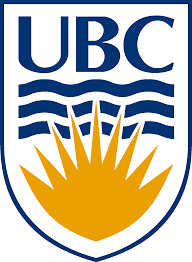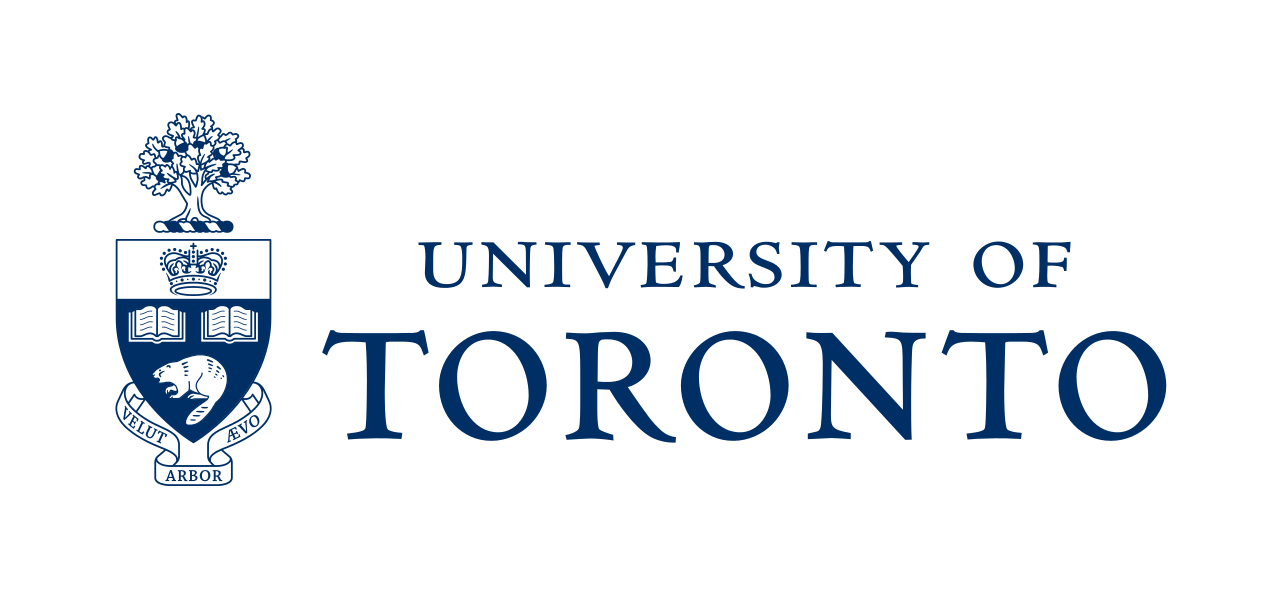Oliver Boodram “Assessing the Dynamical Stability of Tightly-packed Inner Planetary Systems in the Presence of an Undetected Outer Planetary System” Following the Kepler mission, there was a surprising abundance of observed exoplanetary systems that varied in structure relative to our own Solar System. In particular, a new type of planetary structure revealed itself to be quite prevalent: the tightly-packed inner planetary system (STIP). It has yet to be determined whether these STIPs harbour an outer planetary system, unseen by observations, vaguely reminiscent of our own outer Solar System. To assess the plausibility of the existence of such an outer system, I examine the dynamical stability of the compact, inner systems in the presence of a variety of outer systems that span a large portion of orbital parameter space and frequency space. Further, I attempt to subject the inner systems to dynamical perturbations induced by the outer systems, using linear Laplace-Lagrange secular theory, that could lead to potential inner system instabilities. In this talk, I present my method of investigation into this evaluation of dynamical stability and my corresponding results.
Olivia Lim “Detector Persistence Correction in SPIRou: A Progress Report” Persistence is observed when the image of an exposure remains imprinted in subsequent exposures with a time-decreasing signal. In some cases, this signal stays detectable several hours after the contaminating image was taken. It is a common but surprisingly rarely addressed problem in infrared detectors. I will first briefly present the most widely adopted theory to explain the origin of persistence and show that this phenomenon is indeed observed in SPIRou data, thereby motivating the efforts to correct for this source of contamination. I will then present the mathematical models we explored to correct for persistence and show how well each of them performs on a set of engineering data from SPIRou. I will end this presentation with a discussion on the problems we are facing and the improvements we plan to implement to our correction procedure.







